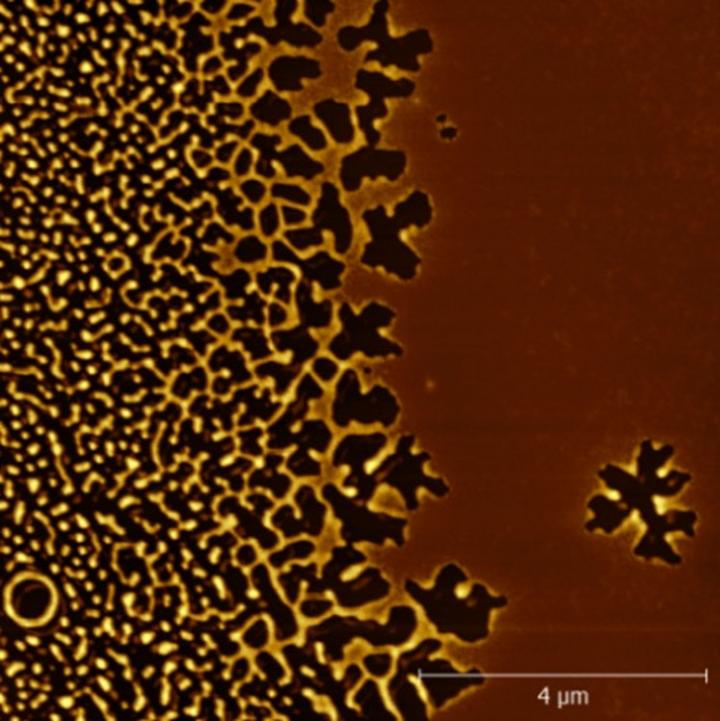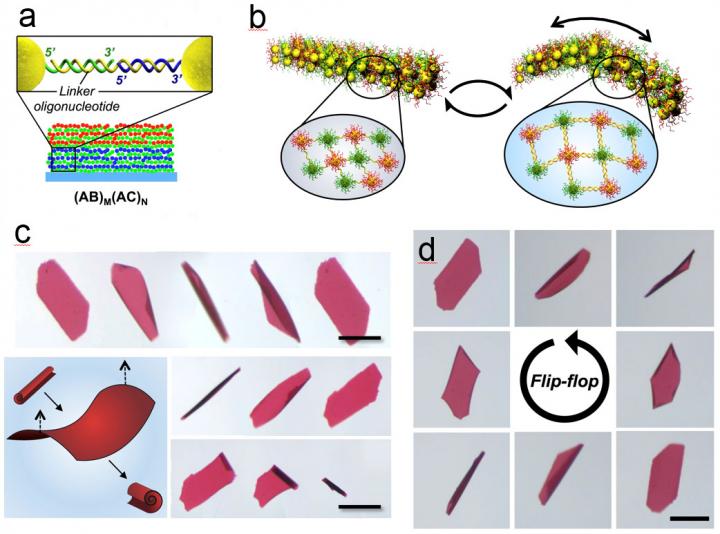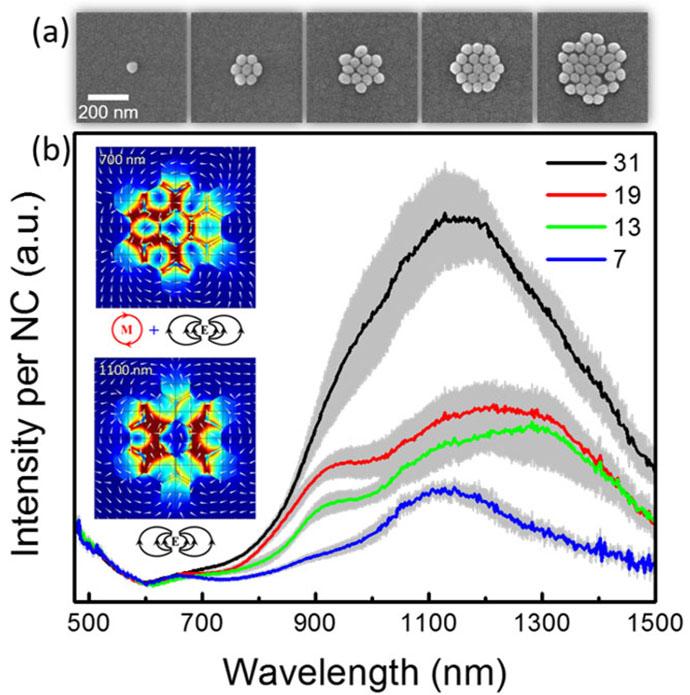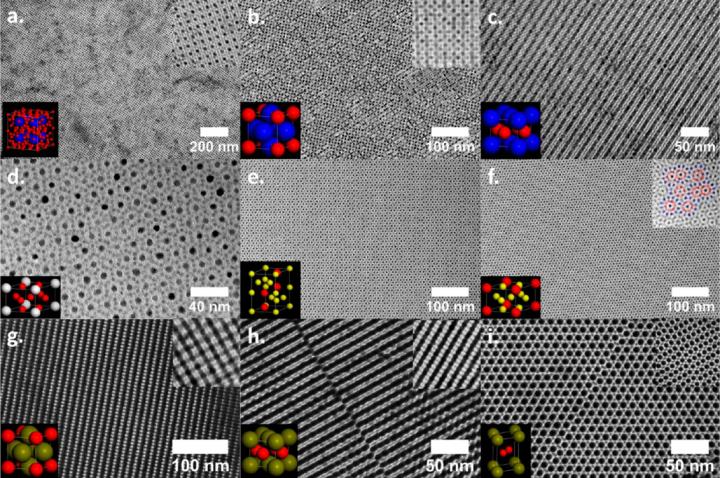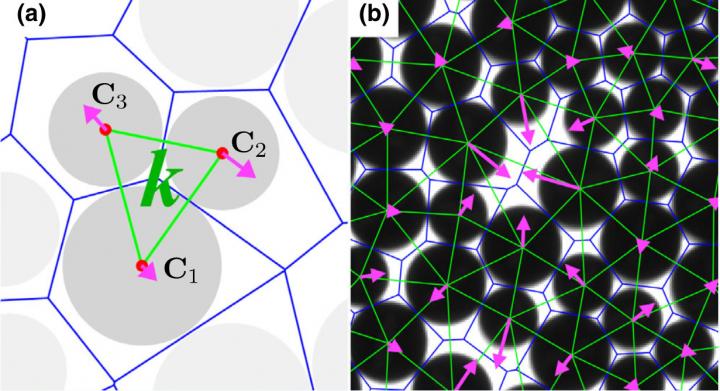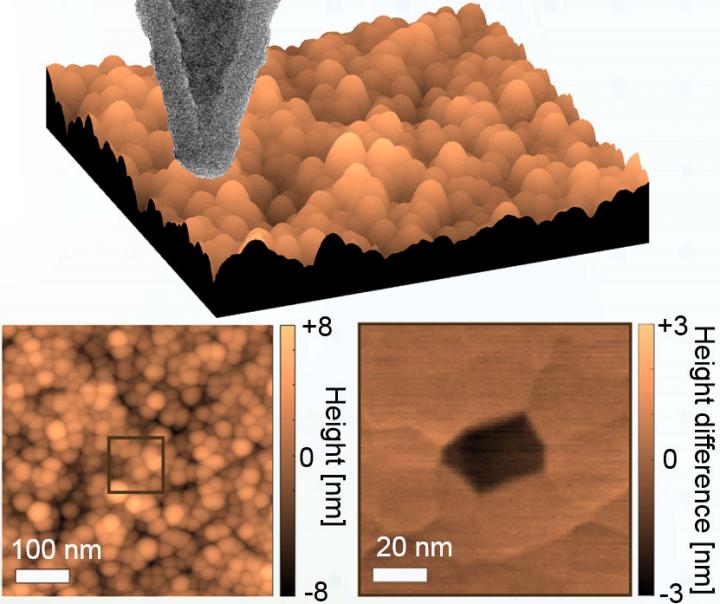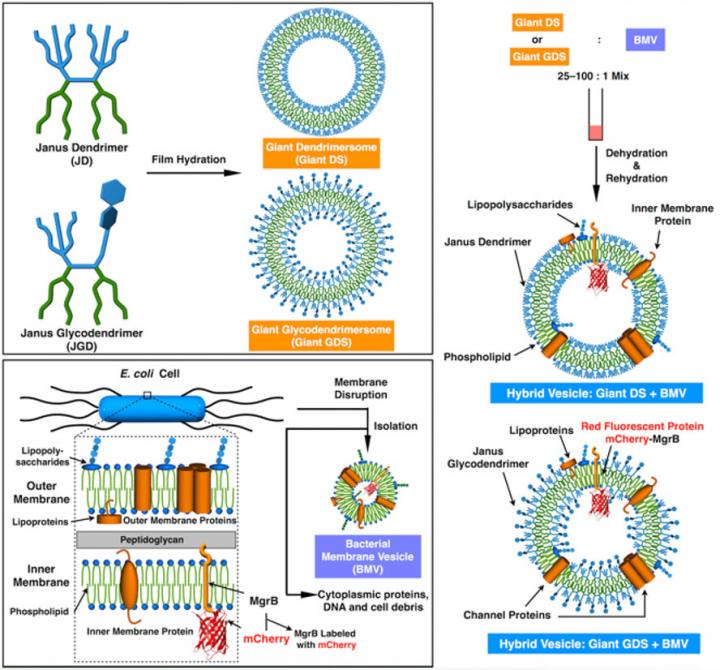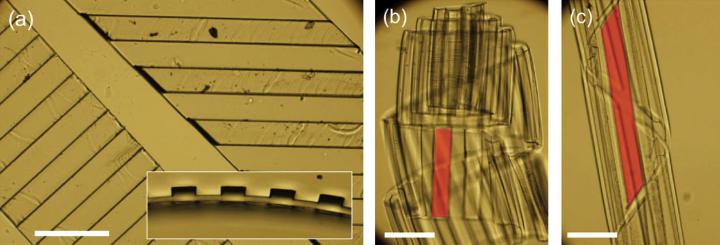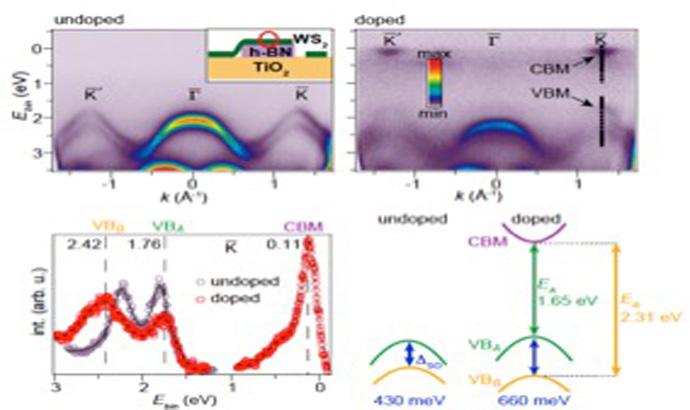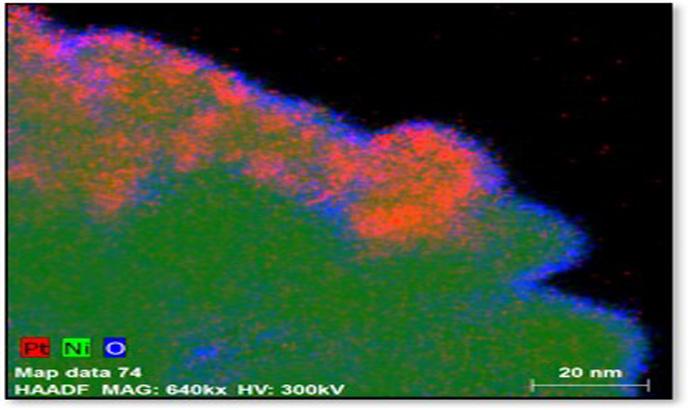Measuring correlated dynamics in molecular glasses: Properties of molecular glasses change as they are made into nanometer sized films. Fakhraai and Riggleman showed that when the film thickness is reduced below 30 nm, the solid glass films become liquid-like and flow. This results in dewetting as shown in the figure.

